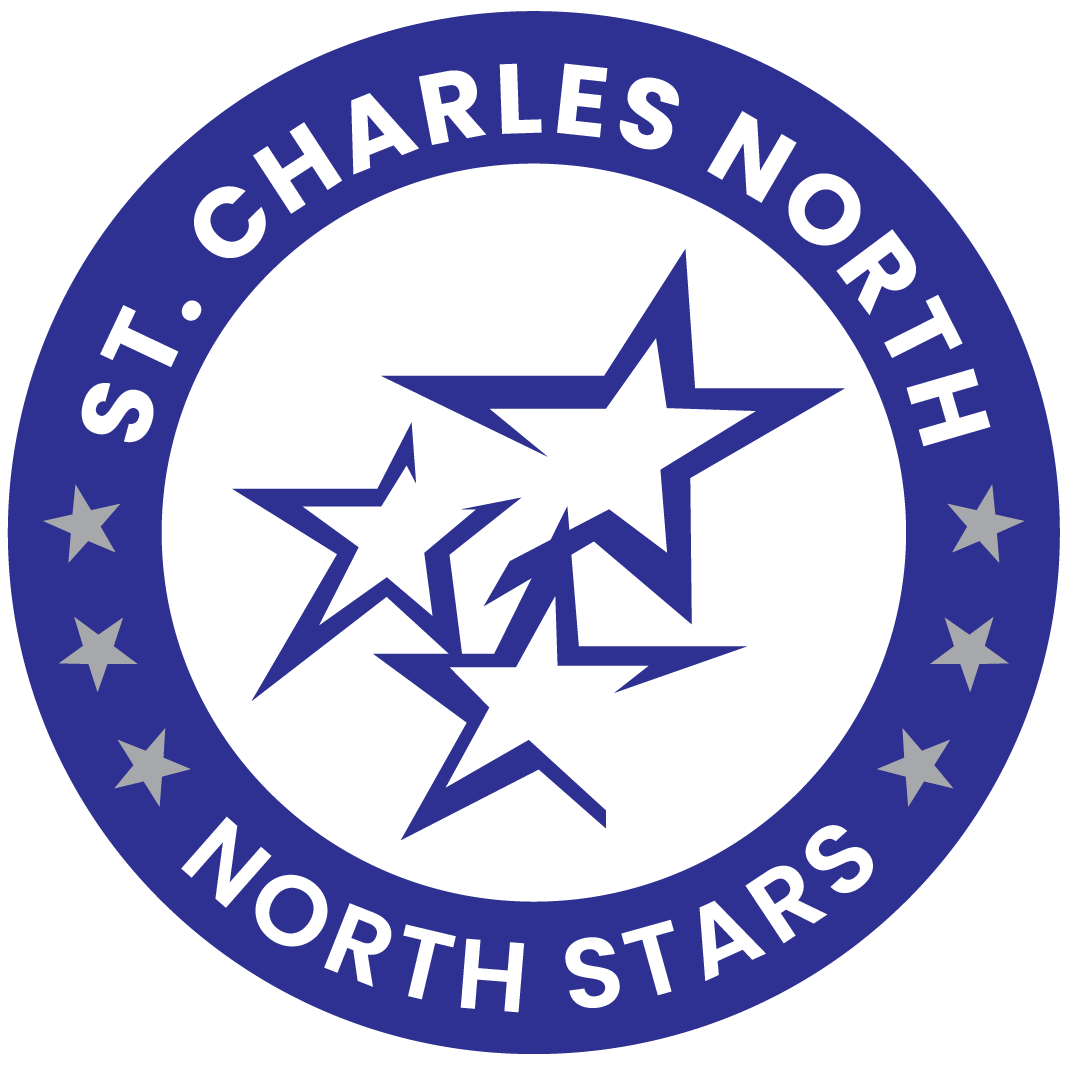
St. Charles North High School
255 Red Gate Road
St. Charles, IL 60175
Contact Us
- Main Number
331-228-4400 - Attendance Line
331-228-4700 - Nurse Fax Number
331-228-4575
With the increased use of technology and its relative ease with which to copy material, it is all-the-more important to understand copyright laws as they apply in the educational setting. Perhaps because of this ease to copy material, many in the educational field tend to assume that a copyright owner is more than willing to allow his or her work(s) to be reproduced free of charge and/or without permission. On the contrary, permission and sometimes a nominal fee is required before using materials , even for educational purposes.
Let us address the commonly held fallacy that if copying is done for educational purposes—i.e. for the classroom—anything is fair game when students need a copy. In short, if severe enough copyright violations, which are federal violations, can cost direct and indirect parties hefty fines and up to five years in prison.
Also, any machines used to copy illegally can be confiscated and destroyed. Simply put, the excuse of “I didn’t know,” doesn’t work with copyright law violations.
People do have intellectual freedoms granted to them under the United States Constitution. However, their rights are limited to read, write, & gather material & not to take what someone else created & decrease the creator’s just deserved monetary & professional gain.
Three key phrases are used when observing the copyright issue, especially in the educational setting: “Fair Use,” “Guidelines for Education and Multimedia,” and Public Domain.”
All four factors of fair use must be addressed when testing the validity of making copies. They are as follows:
1. Character of Use: how are you going to use this item (educationally, for sale, or free give away)?
2. Nature of the Work: is it fact, fiction, published, unpublished (factual and published has more leeway)?
3. Amount Used: quantitative (amount of length/time of reproduced work) or qualitative (heart of the work).
4. Effect on the Market: are you going to sell it (if widespread, would the copyright owner be harmed financially?).
Material considered to be part of the “public domain” simply means these works can be used without permission (although you must still cite where the material came from). Some material falling under this category are as follows:
Note: You must think that the Internet is basically all copyrighted material unless stated otherwise simply because it is so new. To find works under “public domain” on the Internet, type your subject you are researching along with the words “public domain” in quotes. Then read the fine print to make sure it actually is in the public domain.
Listed below are basic CONFU guidelines for numerous types of copyrighted material and your availability to copy:
Motion media: 10% or 3 minutes
Text: 10% or 1000 words
Music/Lyrics: 10% or 30 seconds
Illustrations/Photos: 5 or 10%
Database: 10% or 2500 cells
Note: choose the lesser of the two.
